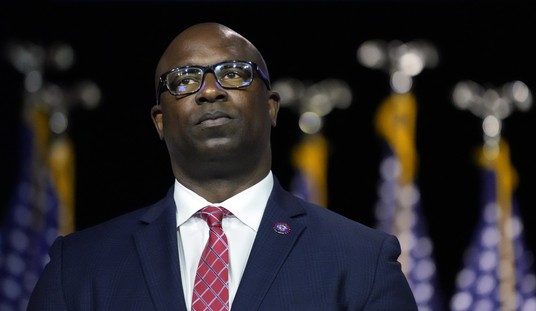The idea of trending on Twitter is a good analogy for what's happening in the Southern Baptist Convention.
Over the last few years, LifeWay Research has used the demographic data released by the SBC Executive Committee for messengers to the SBC annual meeting creating a "trend line." That trend line indicates that the number of people attending the yearly SBC meeting is going down for those under 39 years of age, while trending is up for those 40 and older. And, as much as I wish this were not so, this year's convention in Phoenix brought us no divergence.
While it was bad enough that the total attendance was the lowest in years (a fact that might be explained by the distance from the Deep South and a weak economy), the trend of young attendees continues on a downward trajectory. In Twitter-speak, the older segments of the SBC annual meeting are trending, while "young SBCers" have not and are not.
Though the Pastors' Conference once again featured some influential young pastors/leaders, no increase in the number of young people attending the SBC has occurred, ether by percent or by actual number.
The graphs accompanying this column show the ongoing trend.
The actual percentage of attendees aged 18-39 has declined each of the last three years while the actual percentage of the other two age groups increased over the same period. Although such surveys are not perfect, they are the best ongoing indicator we have of the age of the messengers.
Recommended
A few think we should give up on these young leaders, casting suspicion on how they think, lead and even sing. Such an approach will doom us to permanent generational disconnection. Rather, we need an ongoing strategy to engage young leaders. They are filling our seminaries but, if SBC messenger registration is a measure, they are not engaging in denominational life.
Ultimately, we must remember trends are not easy to change (that's why they are trends). Trends are indicators, but when nothing changes to change the trend it can become a predictor. A one-year program will not reverse a decades-long trend. We need an ongoing concerted effort to engage young leaders if we want a trend of multigenerational denominational partnership.
Rather than complain about young leader involvement (or about those trying to increase their participation), let's work together to change the trend. If this trend does not begin to change soon, messenger cards at check-in might give way to AARP cards (more than two-thirds of SBC messengers in Phoenix already qualified).
This situation is also mirrored in local church life: No matter how faithful the older and middle-aged members are, the church will eventually die if there are no younger people participating.
The statistics are clear for us -- facts are still our friends. Not only are our annual meetings getting older, our total membership is in decline as are our conversions and baptisms. The trends do not point in a positive direction as it relates to the growth or sustainability of the SBC as it is now. I asked the question last year, "If the under-40 crowd is disappearing and some of the over-60 folks are retiring, who will lead in the future?"
Considering what's trending, it is a question we are running out of time to answer.
Ed Stetzer serves as vice president for research and ministry development at LifeWay Christian Resources.
Copyright (c) 2011 Southern Baptist Convention, Baptist Press www.BPNews.net

























Join the conversation as a VIP Member